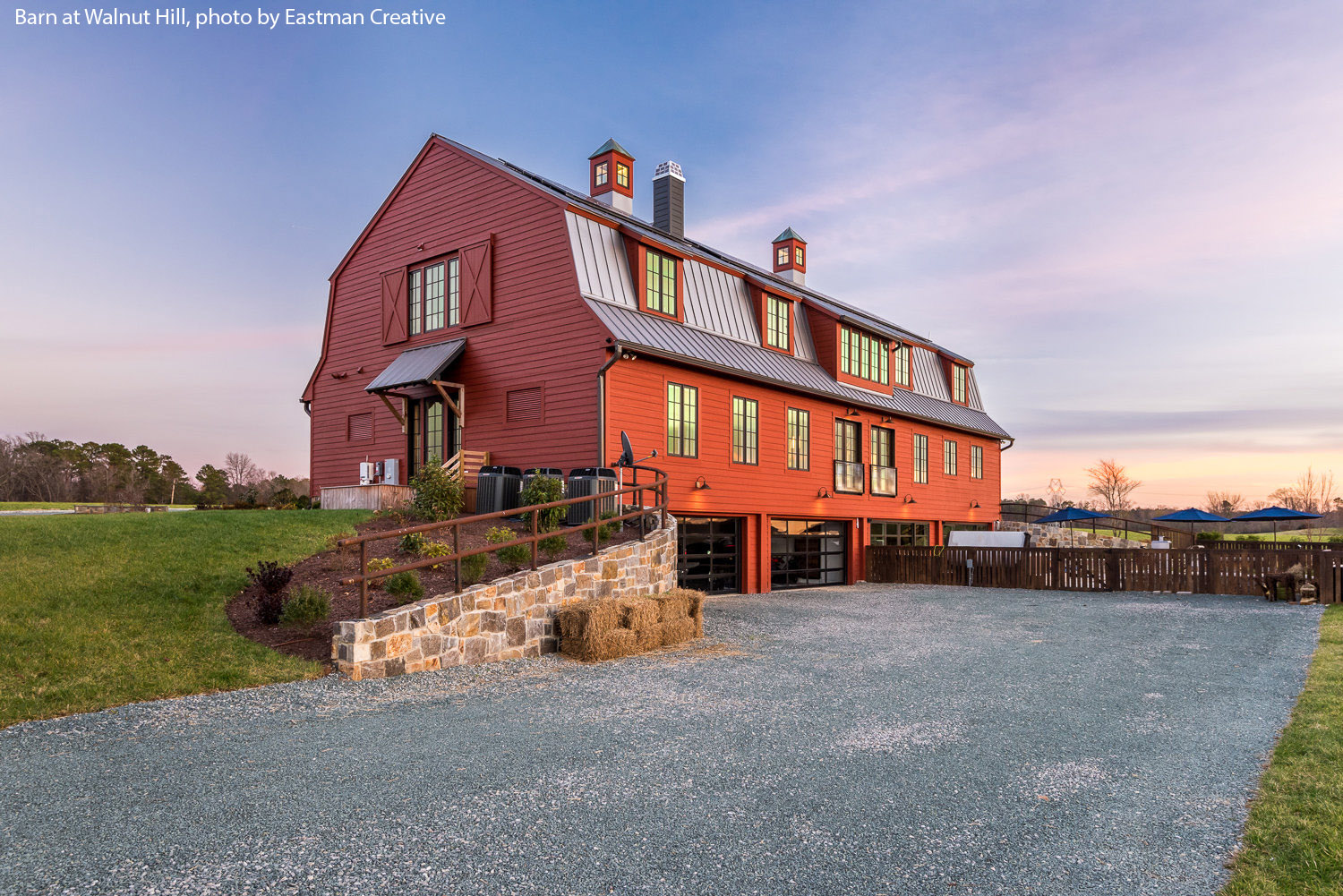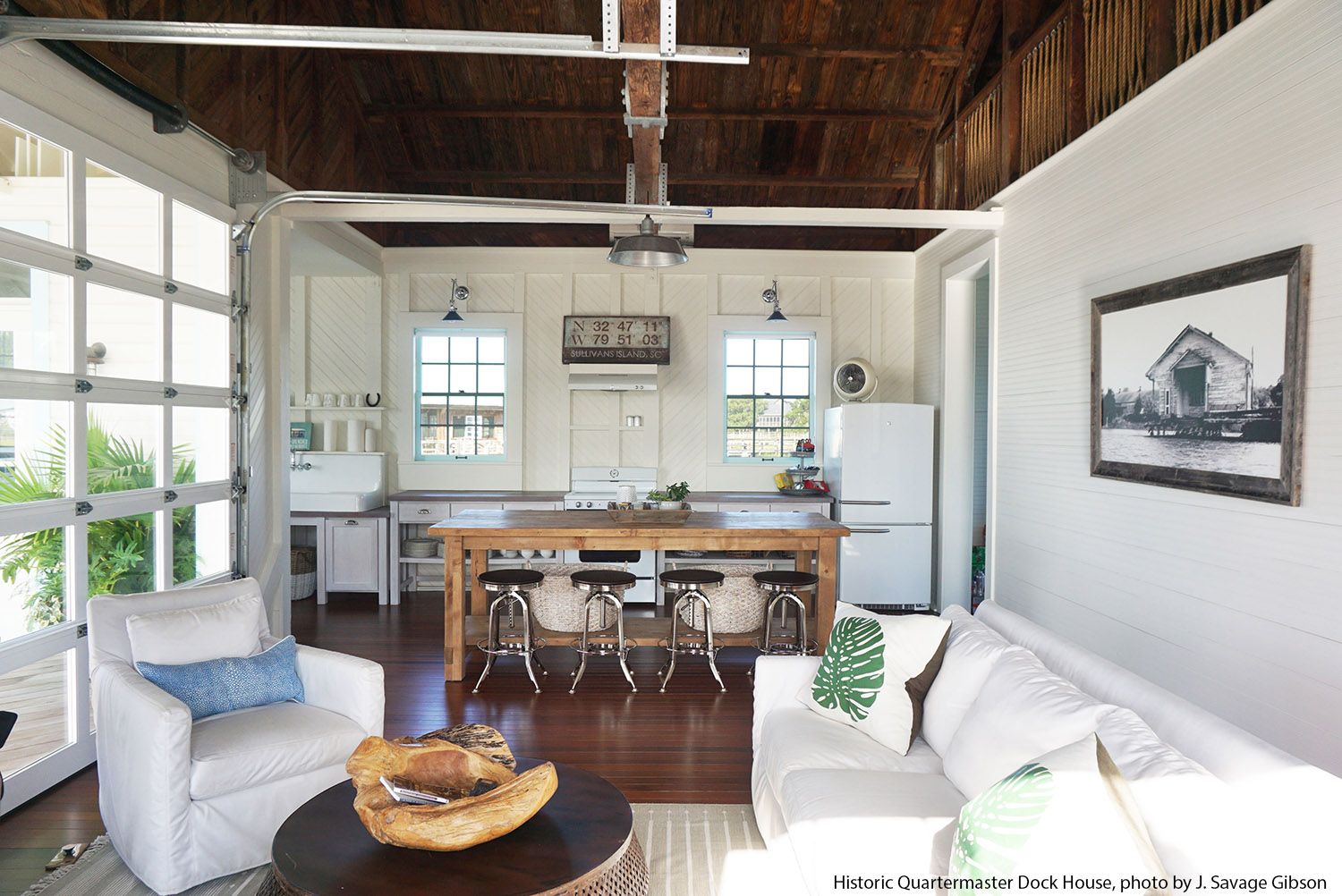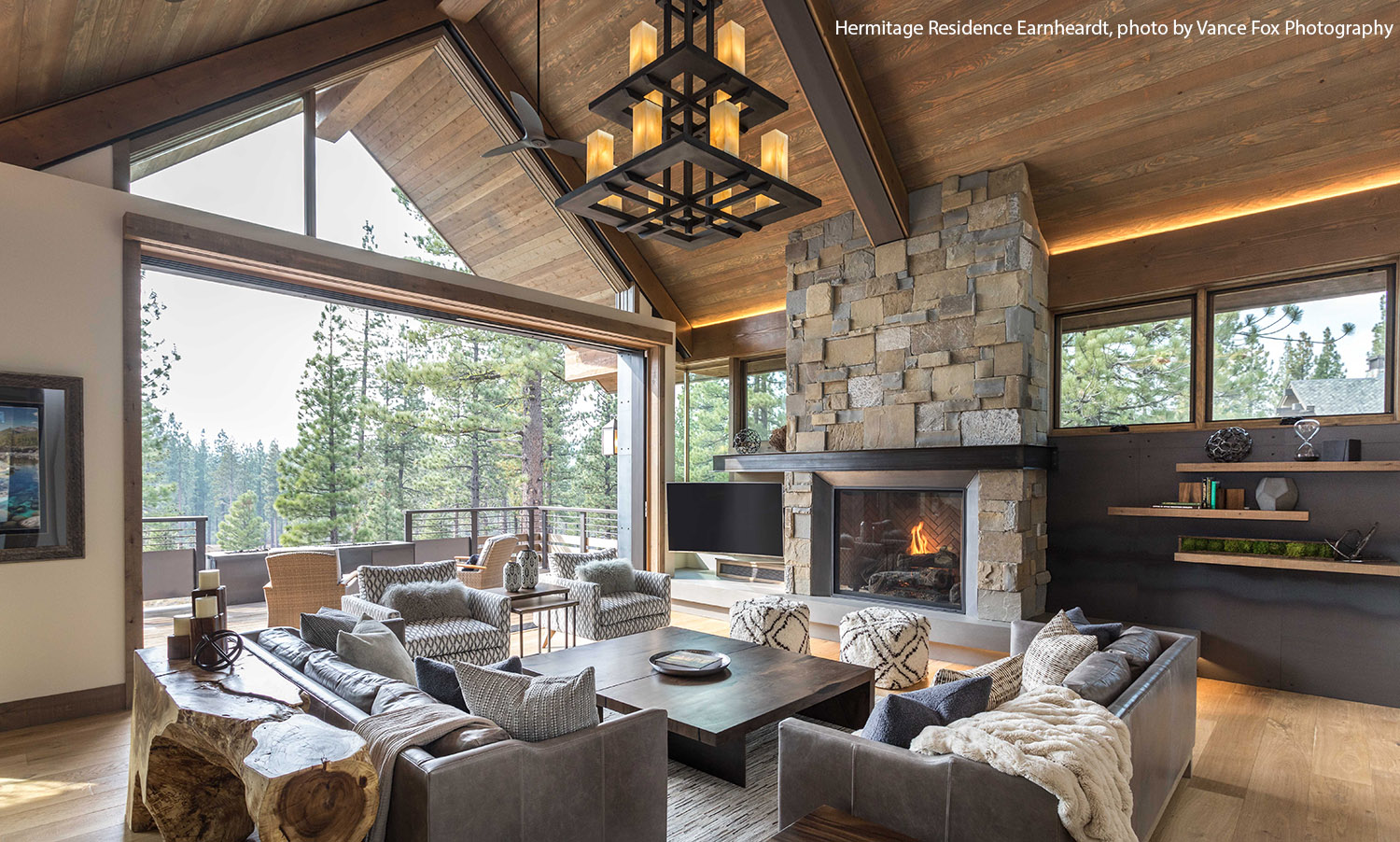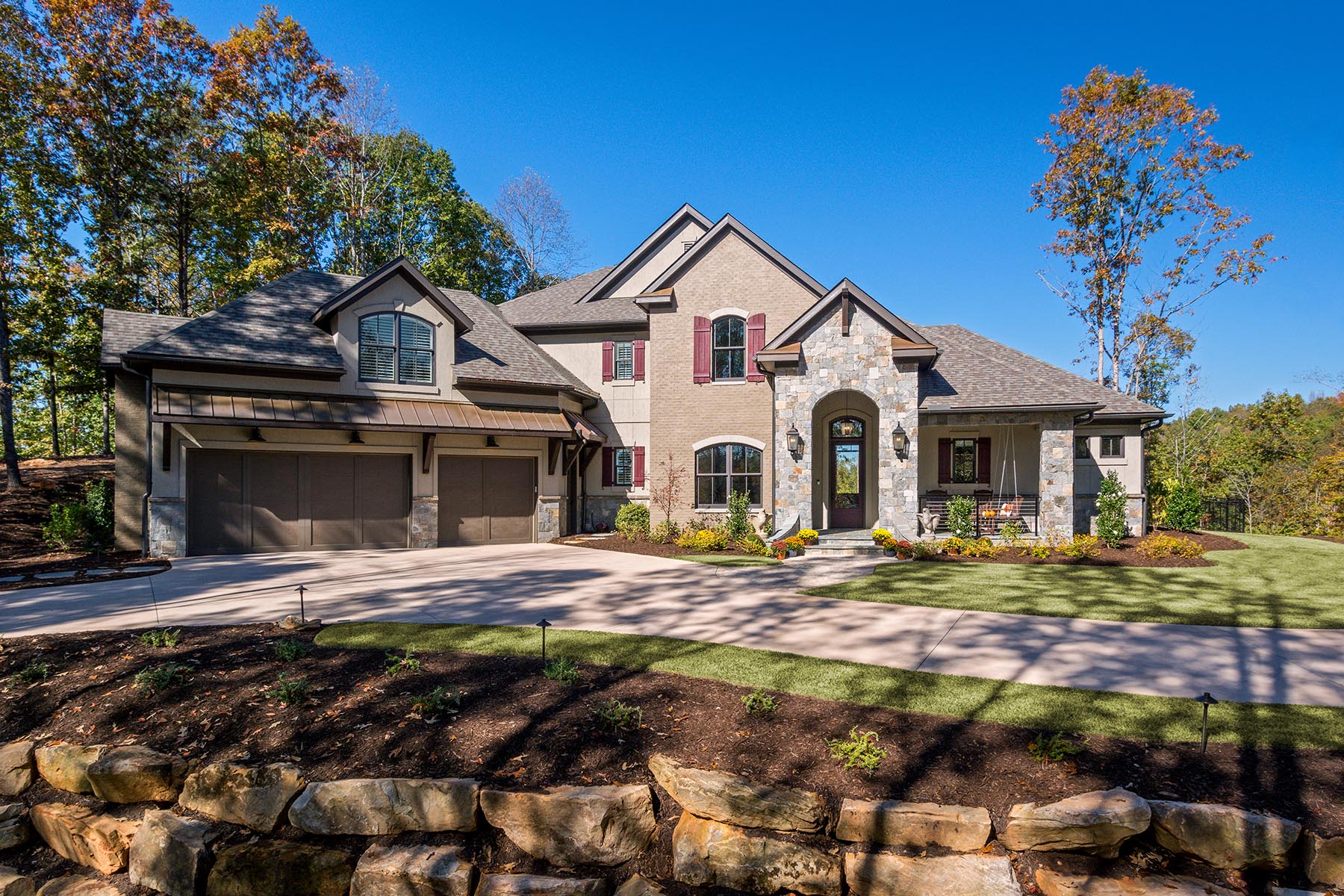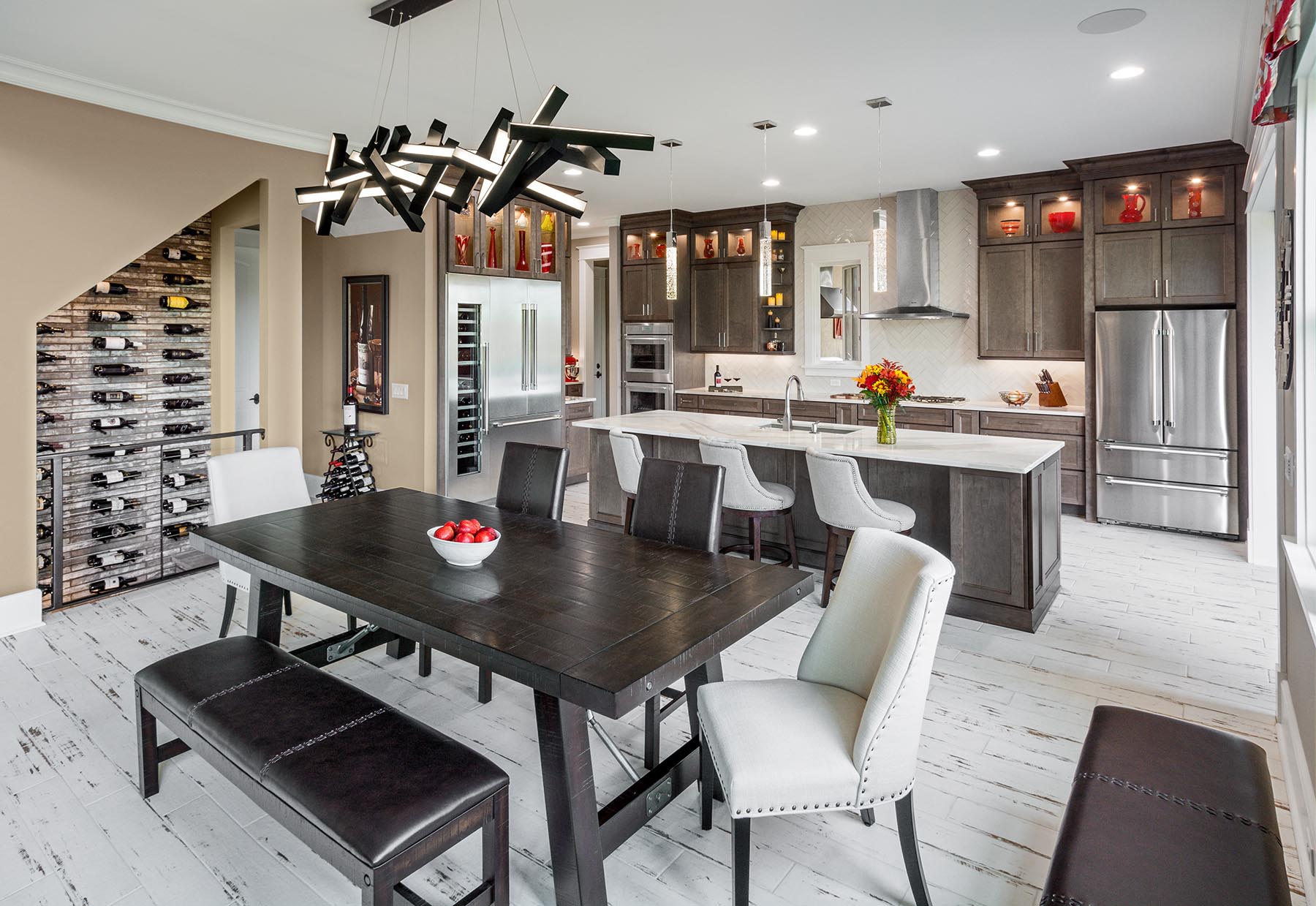What are the latest design trends you have been seeing? It is a question I get asked often and it is the topic of a webinar I am co-hosting on this coming Thursday, May 21, “Design Trends from the Best in American Living Awards” (BALA). Attendance is free to all NAHB members and I hope you will consider joining! The link to register is here: https://storefront.nahb.org/Catalogs/NAHB/NAHB-Events/36868
In that presentation, along with my co-host architect, David O’Sullivan, we will be covering a variety of topics and trends; from budget-friendly to high end homes, creative restoration projects, and trends in architectural styles from across the nation. We will also explore a variety of details including kitchen cabinets (or lack thereof), creative storage solutions, and fabulous lighting design. These images are all gathered from entries into the 2020 Best in American Living Awards.
“In These Uncertain Times” …
Ah, but there’s more. The Design Committee at NAHB felt it would be timely to include post-Covid-19 design trends and solutions. These include home office solutions, parcel delivery rooms, wellness features, and rental single-family homes.
As with any “trends” presentation, for every trend, attendees should consider the following:
• Will this work in my geographic location?
• What ideas can be implemented in my homes now or in the future?
• Does it work for my buyer profile?
But perhaps the biggest questions everyone should be asking are:
• Are my buyers willing to pay for this?
• What are my buyers NOT willing to pay for and what could be eliminated in order to add new desirable features and options that will make their lives better?
Many in our industry fear that the current unemployment – even if temporary – will put a dent in buyers’ ability to qualify for a home or come up with a down payment. Housing affordability has already been a huge focus in the industry and that’s not likely to change in the near future. This is why we need to examine our current stock and figure out what works and what no longer serves the home buyer.
Challenging the Norms (Again)
The housing recession of 2008 finally rid us of the “must have it for resale” living room and, in some cases, the formal dining room. Perhaps this is a good time to challenge the norms of “must-haves” to sell a home. You have all been exposed to them. Here are two very recent examples.
Recently, a builder shared with me that realtors in his market said he must have wallpaper in all the bathrooms. But after having to remove wallpaper that buyers didn’t like, he started selling his homes without it. “You can’t do that”, all the builders said – right up until he continued to sell homes and see his profit margins rise because he didn’t have to rip out expensive wallpaper and repair/repaint the wall.
Another example had to do with foundations. The thinking was, “Your home should be built on a crawl space (complete with a dehumidifier) to avoid looking like a track house!” As the architect, I challenged the notion asking, “Does the crawl foundation cost more?” Yes, to the tune of $20,000 more – to which he added, “You can run your ducts in the crawl space.” This works great when the heat is on, but this house was in a climate where cooling was more prevalent throughout the year than heating. That meant cold feet. Lastly, my client wanted tile floors instead of wood floors (another renegade idea). Later, that builder was able to do two more houses slab-on-grade, saving the homeowner money that can be put elsewhere in the home.
I want to turn the question to my readers who are seeing changes on the ground. What are some “must haves” in your market that need to be challenged to make room for the new design trends and features that buyers really want – and are willing to pay for. Please respond to this email and if we get enough responses, we will share them in next week’s blog. I’m sure I’ve missed something big.
I hope you can tune into the webinar on Thursday. Feel free to send any questions my way!
Categorized in: Trends in Design
This post was written by Housing Design Matters


